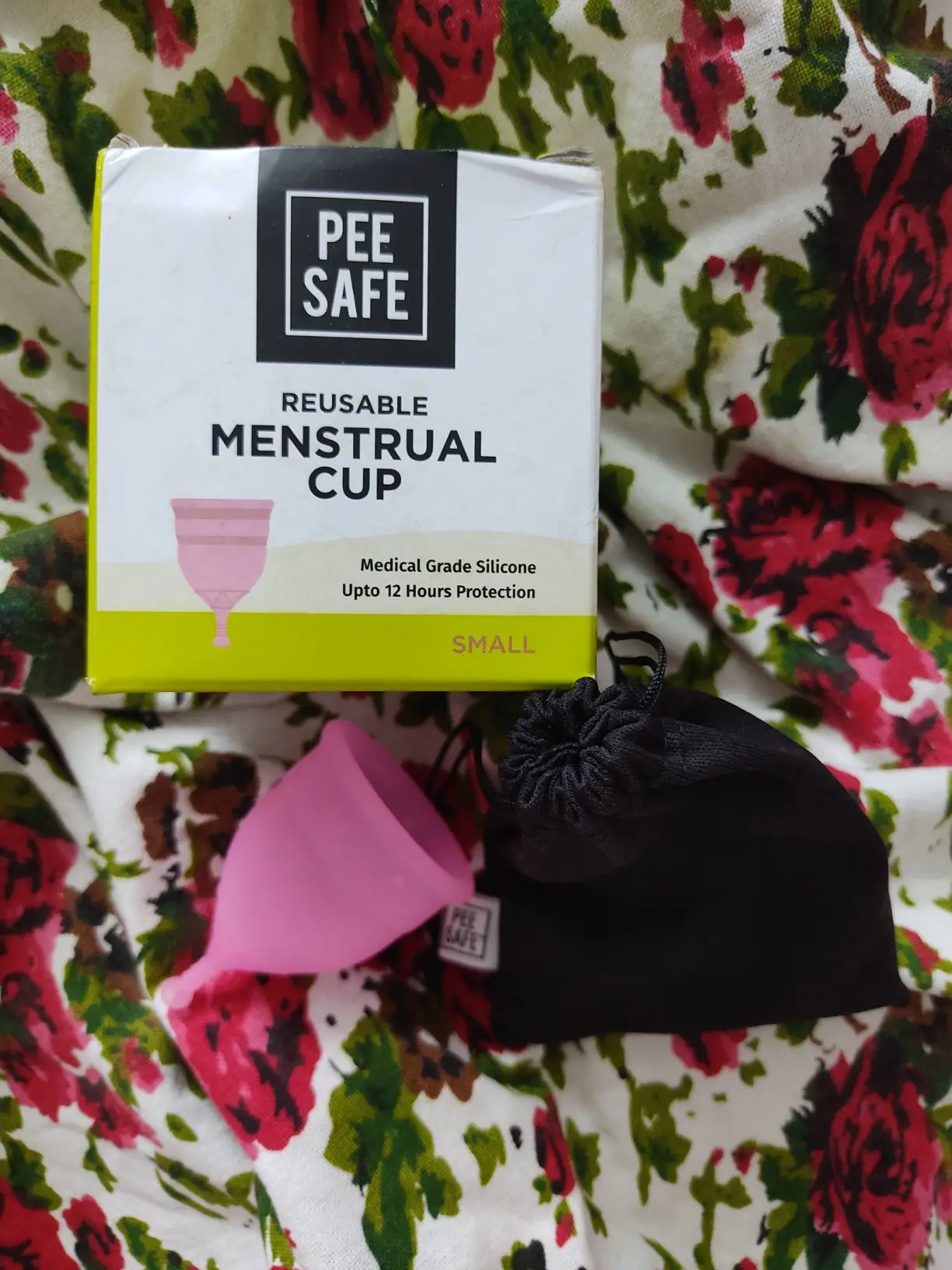Menstrual Cups vs. Tampons: A Detailed Analysis
When it comes to managing menstrual hygiene, the choice between menstrual cups and tampons is a significant one. Both products offer unique benefits and challenges, making them suitable for different preferences and lifestyles. This article provides a detailed analysis of menstrual cups and tampons, comparing their effectiveness, safety, environmental impact, and cost-effectiveness to help you make an informed decision.
What are Menstrual Cups?
Menstrual cups are reusable, bell-shaped devices made of medical-grade silicone, rubber, or elastomer. They are designed to be inserted into the vagina to collect menstrual fluid. Unlike tampons, which absorb the fluid, menstrual cups collect it until it is removed, emptied, and cleaned.
How Do Menstrual Cups Work?
To use a menstrual cup, you fold it and insert it into the vaginal canal, where it forms a seal against the vaginal walls. This seal prevents leaks and allows the cup to collect menstrual blood. Depending on the flow, the cup can be worn for up to 12 hours before needing to be emptied, rinsed, and reinserted.
Benefits of Menstrual Cups

Long-Lasting Protection
Menstrual cups can be worn for up to 12 hours, depending on the flow, which is longer than most tampons and pads. This makes them ideal for overnight use or when you have a busy day.

Cost-Effective
Although menstrual cups have a higher upfront cost, they can be reused for up to 10 years with proper care, making them a cost-effective option in the long run. On average, a menstrual cup costs between $20 and $40, while a year’s supply of tampons can cost $50 to $150.

Eco-Friendly
Since menstrual cups are reusable, they generate significantly less waste compared to disposable tampons and pads. A single menstrual cup can prevent the disposal of hundreds of tampons or pads over its lifespan.

Lower Risk of Toxic Shock Syndrome (TSS)
TSS is a rare but serious condition often associated with tampon use. Menstrual cups have a lower risk of TSS, as they collect rather than absorb menstrual fluid, reducing the chances of bacterial growth.
Challenges of Menstrual Cups
Learning Curve
Inserting and removing a menstrual cup can be challenging for beginners. It requires a bit of practice to position it correctly to prevent leaks.
Cleaning
Menstrual cups need to be rinsed and sterilized regularly to prevent infections. This might be inconvenient for some, especially when using public restrooms.
Size and Fit
Menstrual cups come in various sizes, and finding the right fit can be difficult. A poorly fitting cup can cause discomfort and leaks.
What are Tampons?
Tampons are small, cylindrical plugs made of absorbent materials like cotton or rayon. They are designed to be inserted into the vagina to absorb menstrual blood. Tampons come with or without applicators, and in various absorbency levels to match different flow intensities.

How Do Tampons Work?
Tampons are inserted into the vaginal canal, where they expand to absorb menstrual blood. They should be changed every 4 to 8 hours, depending on the flow, to prevent leaks and reduce the risk of TSS.
Benefits of Tampons

Convenience
Tampons are small, discreet, and easy to carry. They can be quickly inserted and removed, making them a convenient option for those on the go.

Variety
Tampons come in various absorbency levels (light, regular, super, etc.), allowing users to choose based on their flow. They are also available with or without applicators, catering to different preferences.
Challenges of Tampons
Environmental Impact
Tampons contribute to significant environmental waste. The average woman uses approximately 11,000 tampons in her lifetime, many of which end up in landfills or oceans.
Cost
Over time, the cost of tampons can add up. A woman may spend up to $1,500 on tampons in her lifetime, depending on her flow and the type of tampon used.
Risk of TSS
Tampons are associated with a risk of TSS, a rare but potentially life-threatening condition caused by bacterial toxins. The risk increases if tampons are left in for too long or if high-absorbency tampons are used unnecessarily.
Comparison of Menstrual Cups and Tampons
Effectiveness and Comfort
Menstrual Cups: Menstrual cups are highly effective in preventing leaks when properly inserted. They provide up to 12 hours of protection, which is longer than most tampons. Many users find cups comfortable once they get used to them, as they don’t cause dryness or irritation.
Tampons: Tampons are effective for managing menstrual flow and are widely available. However, they need to be changed every 4 to 8 hours. Some users may experience discomfort or dryness, especially with higher-absorbency tampons.
Safety
Menstrual Cups: The risk of TSS with menstrual cups is significantly lower than with tampons, as they do not absorb menstrual blood but collect it. They also do not contain chemicals or bleaches, which are sometimes found in tampons.
Tampons: Tampons, especially those made from synthetic materials, can increase the risk of TSS. The FDA recommends using the lowest absorbency necessary and changing tampons regularly to minimize this risk.
Environmental Impact
Menstrual Cups: Menstrual cups are a sustainable option, as they are reusable and can last up to 10 years. This reduces the number of menstrual products that end up in landfills or oceans.
Tampons: Tampons are single-use products and contribute significantly to environmental waste. In addition to the tampons themselves, applicators and packaging add to the environmental burden.
Most Reliable Menstrual Cup





Conclusion
The choice between menstrual cups and tampons ultimately depends on individual preferences, lifestyle, and comfort. Menstrual cups offer a sustainable, cost-effective, and safe alternative to tampons, with fewer environmental impacts and a lower risk of TSS. On the other hand, tampons are widely accessible and convenient, especially for those who are active and prefer a disposable option. Understanding the differences, benefits, and challenges of each product can help you make an informed decision that aligns with your needs and values.
